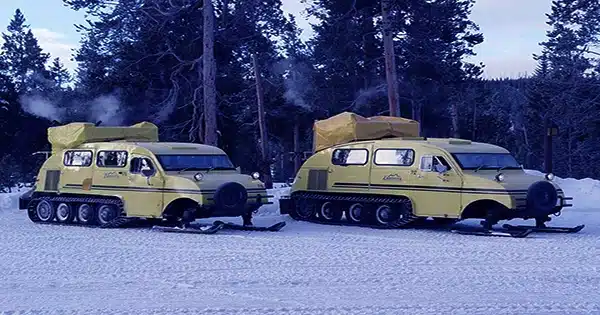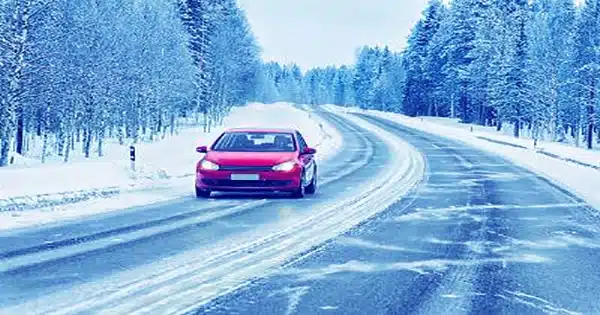During the winter, personnel may be expected to travel and drive in colder temperatures. This puts individuals in higher-risk employment situations, particularly when traveling alone.
Employers should consider implementing a complete, personalized journey management strategy for employees who drive and use business vehicles on the job to protect their safety. A thorough travel management strategy will detail proactive methods and activities to protect employees from previously recognized threats.
Understanding Winter’s Risks: The occupational dangers associated with winter are undoubtedly more severe, particularly when performing duties outside and commuting from one location to another. Winter occupational risks associated with snow and ice include slick road conditions, reduced visibility, and an increased risk of vehicle and bodily accidents and injury, such as slips and falls, frostbite, and hypothermia.

Furthermore, when going alone to various public locations, lone employees are vulnerable to assault and violence from members of the public, as well as verbal and emotional harassment. While these concerns are not commonly associated with winter worker safety, violence is undoubtedly a risk that can arise while on the road.
The Role of Journey Managing: To handle all of the various occupational hazards that traveling workers face during the winter, create a journey management strategy that is tailored to each employee’s specific safety needs. The first step is to do a thorough risk assessment of the conditions under which personnel will travel (company car/personal vehicle, various sites/stops). Once any hazards have been recognized, protocols and steps can be implemented to make their travel conditions safer and more manageable.
Strategic planning and scheduling. One of the most basic measures organizations can take is to consider bringing more workers together or aligning duties so that carpooling is coordinated and individuals do not work alone. This includes coordinating site and maintenance visits, as well as any other opportunities that may coincide.
Connect and communicate. Regardless of how it is performed, the worker must maintain communication with their company throughout their trip to ensure their safety. Real-time communication is essential since current updates may be required based on the dangers and hazards of their profession.
Emergency preparation and response planning: The cornerstone of journey management is built on disaster preparedness and any proactive work that can be done today to better prepare the employee for what lies ahead. While each plan and firm differs differently, all trip management plans include essential foundations that include: Preparing your vehicle for winter, creating a route and travel plan, and keeping a safety kit on hand for emergencies.
Technology’s Role in Improving Safety: The usage and dependence on safety technologies and devices for a variety of OHS and human resource areas is a critical component of an effective journey management plan. Employers who use advanced GPS-tracking technologies during journey management will be able to send help anywhere in the world if their employee needs rapid medical attention in the event of an accident. Satellite and GPS technology do not monitor all of the employee’s activities, but rather track their whereabouts for their safety and security.
Regular connection and communication are critical components of a successful journey management strategy, requiring the traveling worker to ensure their safety with their company, even if they are occasionally alone. Advances in compact gadgets, smartphone apps, and an automated check-in system can help these mobile personnel remember to check in with their bosses.
Most crucially, automated technology will seek assistance when the employee is unable to (for example, if they are hurt or involved in an accident). Current OHS solutions use motion sensors in our smartphones and other gadgets to warn us of crises like falls and other advanced automated safety measures that do not require the presence of another person.
















